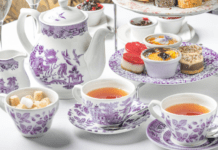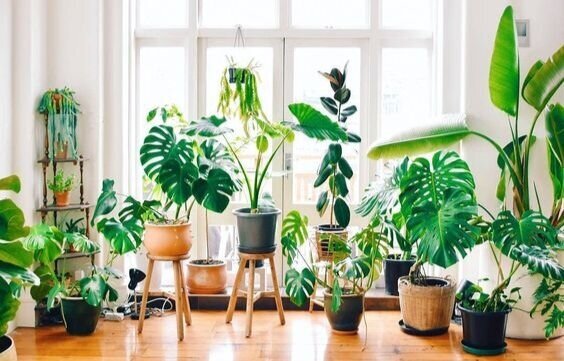 Candles, family pictures, and plants are three staples that make a house a home in my opinion. Candles permeate the atmosphere, setting the tone and make it feel warm and cozy. Family pictures give a glimpse into who you all are as they tell your family’s story.
Candles, family pictures, and plants are three staples that make a house a home in my opinion. Candles permeate the atmosphere, setting the tone and make it feel warm and cozy. Family pictures give a glimpse into who you all are as they tell your family’s story.
Plants liven up your space, making it look inviting and can add a special touch that really ties the look of a room together.
In my home, I always had the candle and family pictures parts down pact, but up until last year, you would not have found a single plant in our home unless it was stiff as a board and made in China. That is because next to the definition of “black thumb,” there used to be a picture of me beside a plant I had killed. Many a plant came to their demise in my care; including an aloe vera and a lucky, well, not so lucky, bamboo. Both are supposedly “impossible to kill,” but I clearly proved that theory wrong. 
Just as I was coming to grips with the idea that growing anything besides little humans was not in the cards for me, I decided to give being a plant mama one last hurrah. This happened during a random trip to Home Depot where I saw a Croton plant and immediately fell in love with its bright, bold colors and full foliage. If you know anything about plants, you know this was a bad idea as this type of plant is usually not a good beginner plant, but it brings me joy to say it is actually still alive. Not only is it surviving, but it’s thriving and has new leaves sprouting. Woo hoo!!!
This is basically a modern day miracle, so if you have a black thumb like I did, there is hope for you, too. Read along.
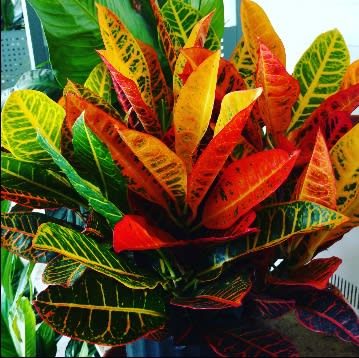 Aside from the off the whim purchase of the Croton, I began doing a little research to see which plants would work best for me. I was used to simply looking at all that were available, picking a pretty one, hoping for the best, and getting the worst outcome. This was obviously not the ideal process for picking a plant because they are all so different and their care is not a one size fits all deal. However, YouTube videos, blogs, and apps quickly became my best friends while learning to care for my plants. I was able to read about different varieties, learn how to best care for specific types, “troubleshoot” issues with them, see how others successfully care for theirs, and even set water scheduling reminders. Planterina on YouTube, The Houseplant Guru Blog, and the Vera: Plant Care App have all helped me immensely and I am happy about it.
Aside from the off the whim purchase of the Croton, I began doing a little research to see which plants would work best for me. I was used to simply looking at all that were available, picking a pretty one, hoping for the best, and getting the worst outcome. This was obviously not the ideal process for picking a plant because they are all so different and their care is not a one size fits all deal. However, YouTube videos, blogs, and apps quickly became my best friends while learning to care for my plants. I was able to read about different varieties, learn how to best care for specific types, “troubleshoot” issues with them, see how others successfully care for theirs, and even set water scheduling reminders. Planterina on YouTube, The Houseplant Guru Blog, and the Vera: Plant Care App have all helped me immensely and I am happy about it.
You may be thinking to yourself, “They’re just plants, girl. They can’t make you that happy,” but it is scientifically proven that they can. You know how people tend to take plants to the sick and shut-ins or those who are hospitalized? A study out of Kansas State University discovered that “Viewing plants during recovery from surgery led to a significant improvement in physiologic responses as evidenced by lower systolic blood pressure, and lower ratings of pain, anxiety, and fatigue as compared to patients without plants in their rooms.” (treehugger.com, 2020) How cool is that?
It is also common knowledge that they purify the air in your home minimizing toxins, though how great the impact is debatable. Nevertheless, plants can also relieve stress and anxiety, somewhat increase the humidity in your home, help moderate room temperature, and even reduce noise in a space. Plus, caring for them can help with your mental well-being by providing you with a sense of accomplishment and productivity.
Essentially, plants not only look good, but they can make you feel good, too.
In order to keep them looking good so you can feel good, there are steps one must take to care for plant babies. First and foremost, you have to water them. Just as water is vital to humans, it is vital to plants. However, the mistake most people starting off make is overwatering. This is the culprit that killed all the plants I previously owned. A general rule of thumb is that it is better to underwater than overwater. You can always gauge your plant; brown tips, wilting, color changing leaves, etc. are indicators that you should add more water. Overwatering is not as easy a fix and depending on the plant, can kill it pretty quickly. Moisture meters or the good old school practice of sticking a fingertip into the soil can let you know whether your plant is thirsty. You also want to make sure that you have well-draining soil and that your pots have drainage holes. These allow the water to escape, keeping root rot at bay.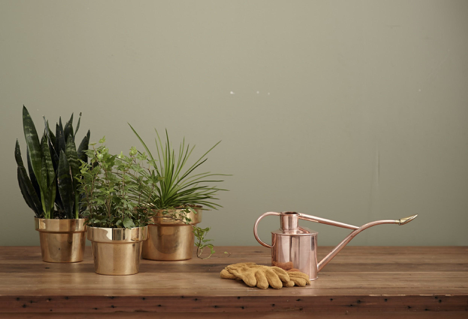
In addition to watering, you want to consider the amount of light needed for your plant. Some need full on sun as they derive from sunny, tropical places and need bright natural light to flourish. Others may like medium light and some plants prefer low light. There are even some varieties, like the ZZ plant, that can survive in complete darkness! This was important for me because certain parts of my home do not get much natural light. So, I picked lower light plants for those areas and left the plants that like lots of bright sun for other sections of my house. If you notice your plant is not doing too well, though you are watering it properly, try moving it around to various places in your home until you find a spot that presents it with just the right light to make it blossom.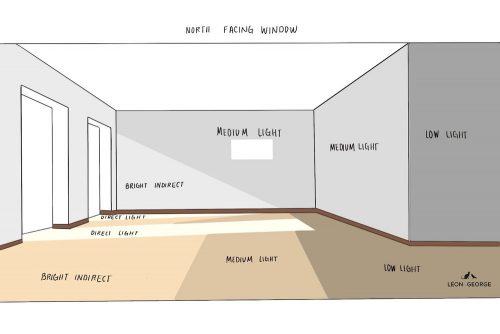
Once you get your watering routine down and you have found the perfectly lit area for your plant, you will need to fertilize, or feed, it. Most plants will need to be fertilized every three weeks to one month. It is imperative that you research how often your plant likes to be fertilized as doing this too often can stifle its growth or even kill it. Also it is important to note that you only fertilize them during their growing seasons, which is typically during the spring and summer months. Typically less care is required during the cooler fall and winter months.
If this information has piqued your interest and you would like to give houseplants a shot, here are some plant great choices for beginners as they are low maintenance when it comes to watering, light conditions, and all around care:
-
Aloe Vera
-
Cast Iron Plant
-
Chinese Evergreen
-
Jade Plant
-
Philodendron
-
Pothos
-
Rubber Plant
-
Snake Plant
-
Spider Plant
-
ZZ Plant

While caring for you little green babies, I want to encourage you to keep your human and pet babies in mind. Just as you would not allow your child(ren) to touch a burning candle, get too close to a pot of boiling water, or eat the cat’s litter, please make them aware of the potential dangers of houseplants as well. Some are toxic and can even be fatal to both children and pets. Generally speaking, plants pose no harm unless ingested and even then, it would take a large amount, but there are some that can cause skin irritation.
In my house, we are teaching our children to look, but not touch. My plants are also placed out of their reach or in spaces in which they are not allowed. So far, so good, but of course nothing trumps parental supervision. Before buying any plant to bring into your home with little ones or furry friends, I encourage you to do a little background check to err on the side of caution. Plants may be a passion, but safety is a priority.
Since most of us have probably spent more time in our homes in 2020 than we have pretty much ever, lots of people have had the opportunity to perfect their crafts or delve into new ones. Whether you are into plants, gardening, baking, makeup, or whatever, I encourage you to find that something that is just for you; that thing that will give you a dose of happy each day. As a mom, we are constantly pouring into others, but we must also remember to pour into ourselves.





